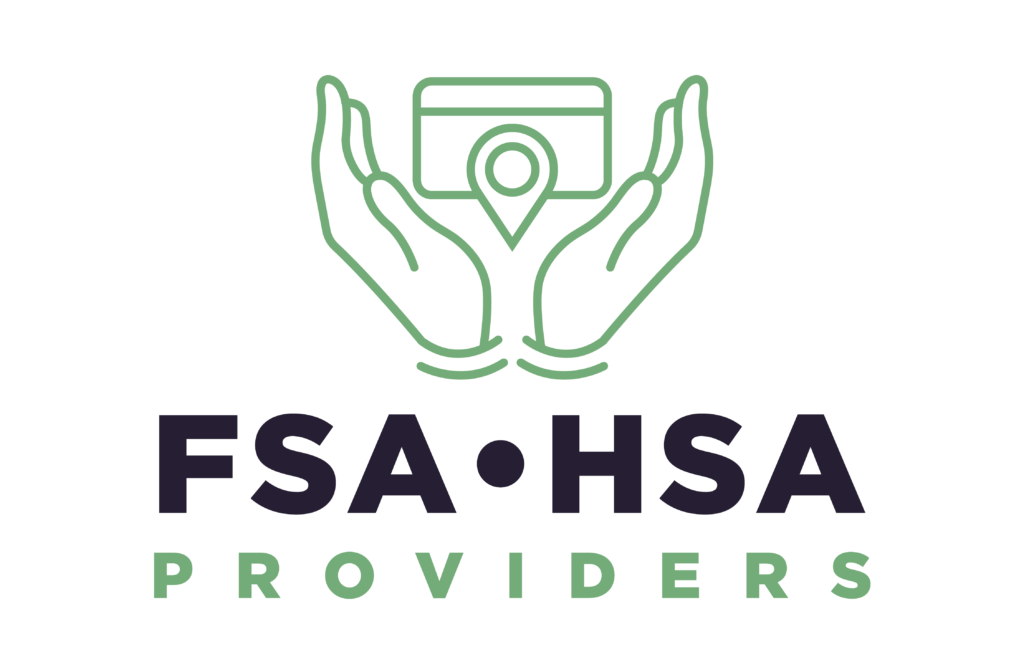An FSA is funded by setting aside a portion of your paycheck before taxes are taken out.
You decide during your open enrollment period how much to contribute for the year (up to the IRS limit). That annual election is then deducted in equal installments from your pay throughout the year.
The key benefit is FSA dollars are never taxed
This gives you an immediate discount on your expenses equal to your tax rate. Depending on your employer’s plan, they may also contribute to your FSA (though this is less common, or might be a modest amount).
Notably, for a Health Care FSA, the full year’s elected amount is available to you from day one of the plan year – even though you haven’t paid in all that money yet.
For example, if you elect $1,200 for the year, you can use the entire $1,200 for an eligible expense in January, and then you “pay it back” via paycheck deductions over the rest of the year. (Dependent Care FSAs work differently: funds are only available as they are contributed each pay period.)
Using FSA Funds #
Health Care FSA funds can be used for qualified medical expenses very similar to HSA-eligible expenses: doctor copays, health insurance deductibles, prescriptions, dental care, vision care (glasses, contacts), medical supplies, wellness services and products, many over-the-counter medicines, menstrual products, and more.
Essentially, any health expenses that would qualify as deductible medical expenses under IRS rules (IRC Section 213(d)) are FSA-eligible, with the exception of insurance premiums. You can use your FSA to pay for your own expenses, or those of your spouse or dependents. Typically, FSAs offer a debit card for convenience, or you can submit receipts for reimbursement through your FSA administrator. You must keep receipts/documentation as proof that purchases were eligible, in case the administrator or IRS needs to verify them.
